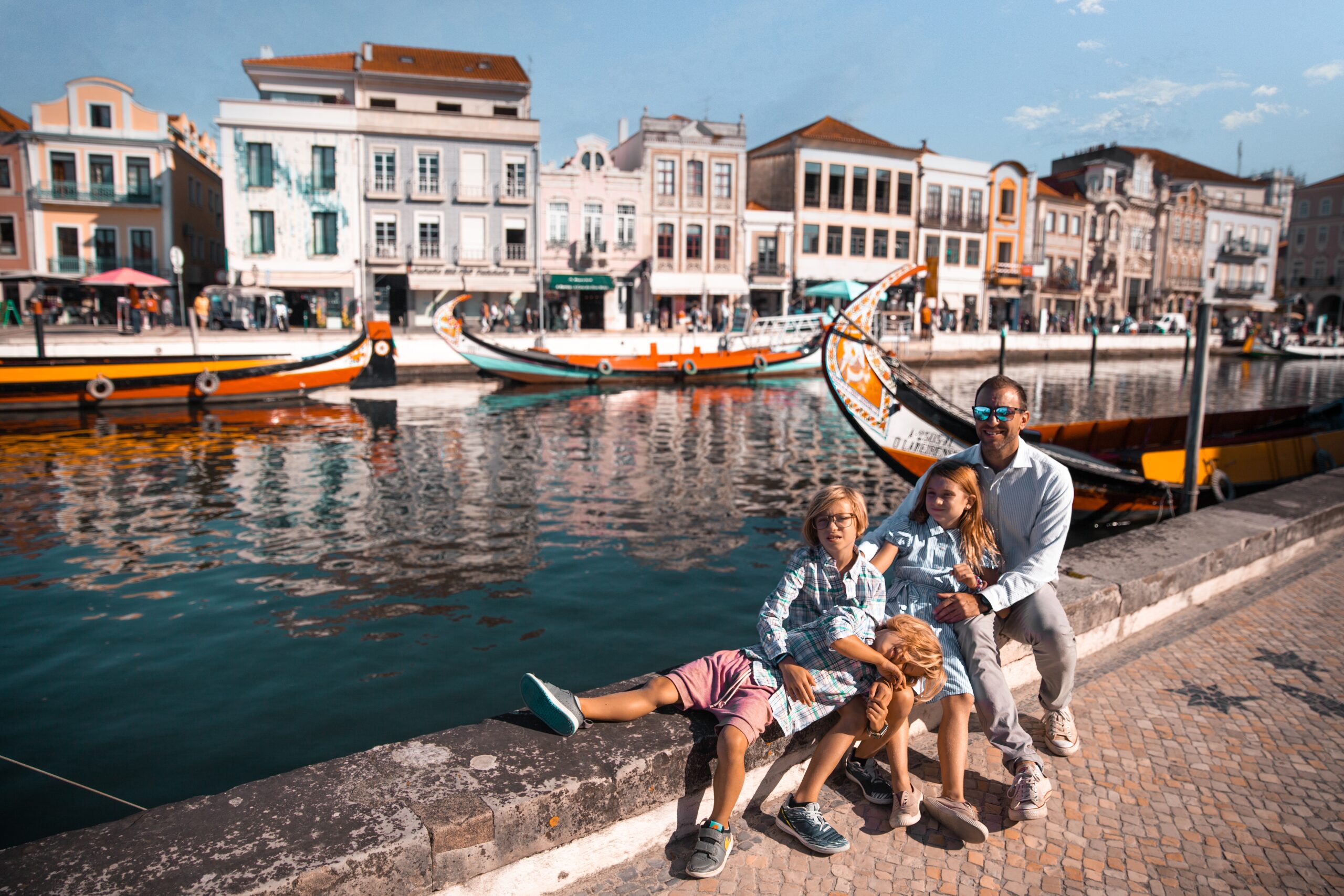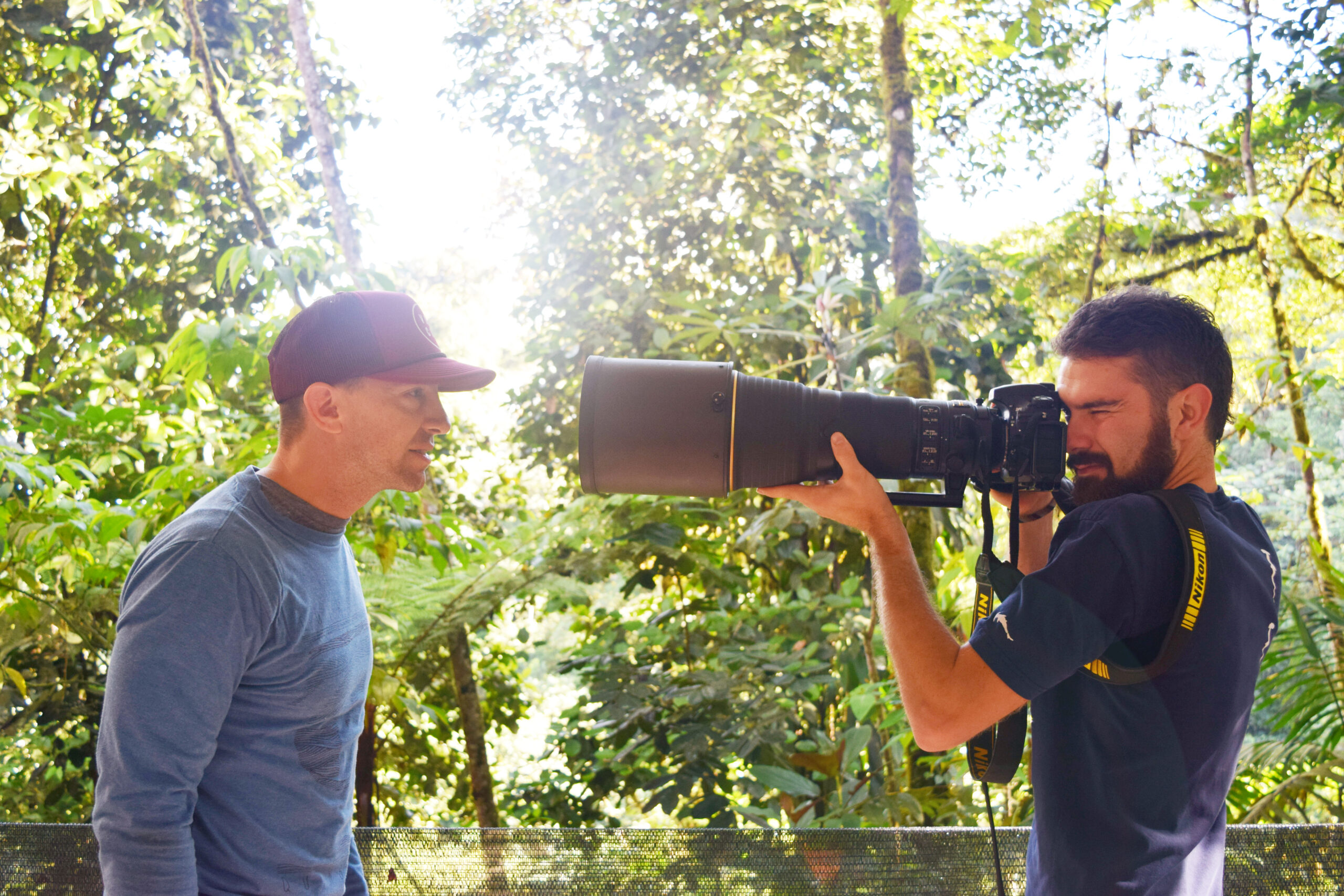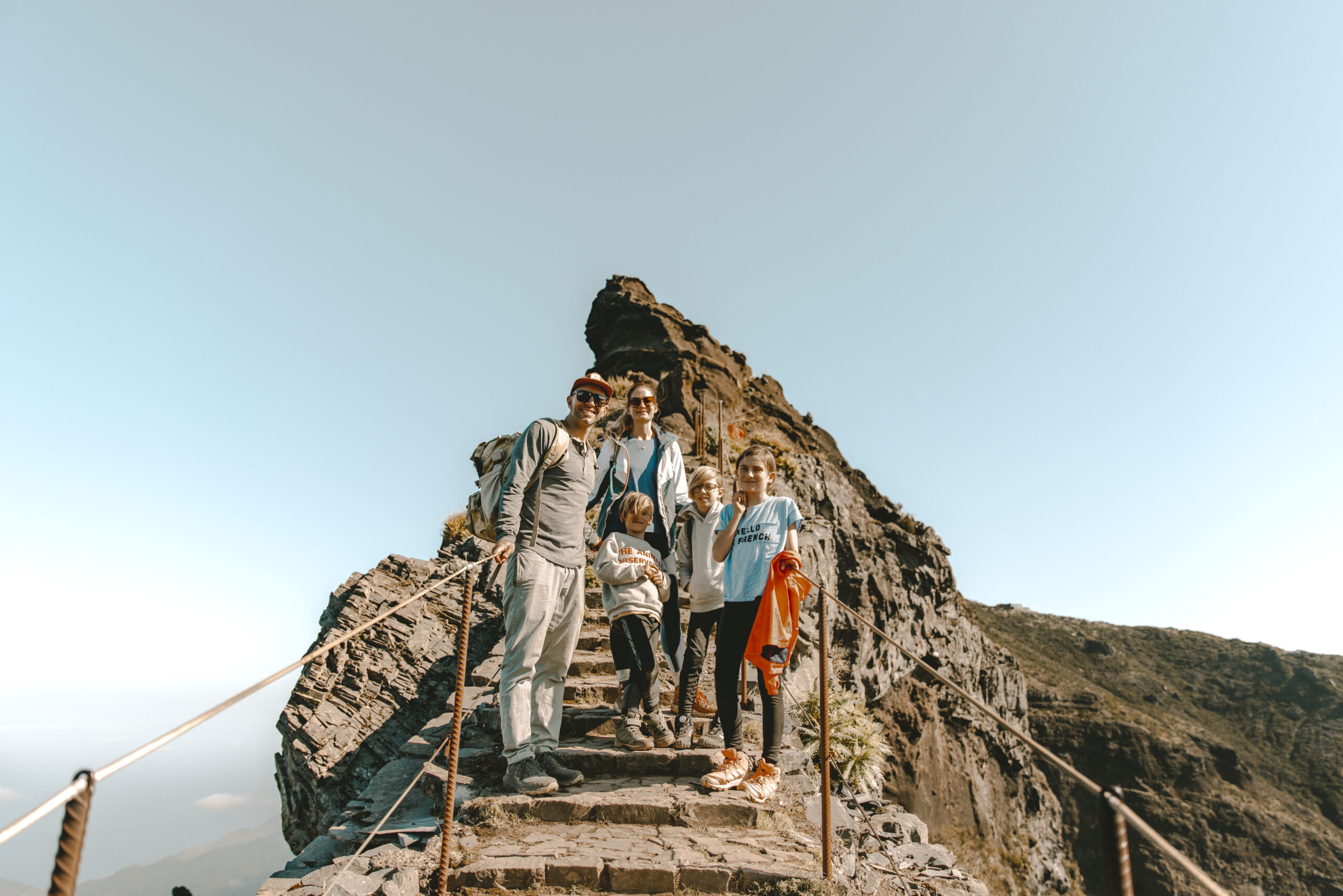Why Spain is a great place for kids
Choosing the city that's right for you
Choosing the visa that's right for you
More than just great weather
Why Spain provides a better quality of life

How we Plan

What we pack
Choosing Travel Insurance
Book Your Hotel
with Booking.com
Book Your Car
with RentalCars.com
Book Your Flight
with Skyscanner.com
Book Your Tour
with GetYourGuide.com

Our Camera Gear

How We Fly
Choosing Your Destination
Family Guide to...
Indonesia
Indonesia, an archipelago of over 17,000 islands, entices with its lush jungles, pristine beaches, and cultural treasures like Borobudur and Bali, offering a diverse tapestry of natural wonders and enchanting experiences waiting to be discovered.
- Borobudur
- Ubud
- Kuta
- Pura Tirta Empul
- Uluwatu
- Gunung Kawi
- Sacred Monkey Forest
Map
Weather
Itineraries

Coming Soon...
ubud
Top Five Restaurants in ubud
Locavore offers a unique dining experience focusing on locally-sourced ingredients and innovative presentations. Their tasting menus are a culinary journey, blending Balinese flavors with modern techniques. The intimate setting and attentive service make it a must-visit for food enthusiasts.
Mozaic is renowned for its exquisite French-Indonesian fusion cuisine, crafted by Michelin-trained chefs. Set in a lush tropical garden, the restaurant provides a romantic and sophisticated ambiance. The seasonal tasting menus are paired with fine wines, offering a memorable dining experience.
Hujan Locale celebrates the diverse culinary heritage of Indonesia with a modern twist. Located in a beautifully restored colonial-style building, it offers a cozy yet elegant atmosphere. The menu features farm-to-table dishes that highlight the rich flavors of the archipelago.
Room4Dessert, led by world-renowned pastry chef Will Goldfarb, is a paradise for dessert lovers. The multi-course dessert tasting menu showcases inventive sweet creations using local ingredients. The stylish, intimate setting and artistic presentations make it a standout in Ubud’s dining scene.
Nusantara offers an authentic Indonesian dining experience with a focus on traditional recipes and regional ingredients. The casual yet vibrant setting complements the flavorful dishes, each prepared with meticulous attention to detail. It’s a great place to explore the rich culinary traditions of Indonesia.
Top Five HotelS in ubud
Hotel Puriartha Ubud offers a serene retreat with traditional Balinese architecture and lush gardens. Its CHSE certification ensures adherence to health and safety protocols, providing guests with peace of mind. The hotel’s central location makes it convenient for exploring Ubud’s cultural attractions and vibrant market.
Ubad Retreat is a charming boutique hotel nestled in the heart of Ubud’s rice fields. It offers personalized service, comfortable rooms, and a tranquil ambiance perfect for relaxation. Guests can enjoy yoga sessions, spa treatments, and delicious organic meals during their stay.
The Kalyana Ubud Resort combines luxury and nature, providing a picturesque escape amidst Ubud’s lush greenery. The resort features spacious villas with private pools, offering a perfect blend of comfort and privacy. Guests can indulge in holistic wellness programs and gourmet dining options on-site.
AnandaDara Ubud is a serene sanctuary that embraces the essence of Balinese culture and hospitality. The resort’s beautifully designed villas offer breathtaking views of the surrounding landscapes. Guests can partake in cultural activities, spa treatments, and enjoy exquisite dining experiences.
d’Kamala provides a luxurious and intimate stay with its elegantly designed rooms and modern amenities. The hotel’s prime location offers easy access to Ubud’s main attractions while providing a peaceful retreat from the bustling town. Guests can relax by the pool, enjoy the lush gardens, and savor delectable local cuisine.
FAQ's
What are the main things to do with kids in Indonesia?
Indonesia offers a variety of activities and attractions that are suitable for children and families. Here are some of the main things to do with kids in Indonesia:
1. Visit theme parks: Indonesia has several theme parks, such as Dunia Fantasi (Jakarta), Trans Studio Bandung, and Bali Safari and Marine Park.
2. Explore wildlife: Take your kids to see orangutans in Tanjung Puting National Park (Kalimantan) or visit the Komodo National Park to see the famous Komodo dragons.
3. Enjoy water activities: Indonesia has numerous beautiful beaches where children can swim, snorkel, or try other water sports. Popular destinations include Bali, Lombok, and the Gili Islands.
4. Visit educational museums: The National Museum in Jakarta and the Geology Museum in Bandung offer interactive exhibits that can be both fun and educational for children.
5. Attend cultural performances: Watch traditional Indonesian dance performances, such as the Barong Dance in Bali or the Ramayana Ballet at Prambanan Temple in Yogyakarta.
6. Take part in workshops: Some places offer workshops where children can learn traditional Indonesian crafts, such as batik painting or pottery making.
7. Explore nature: Visit the beautiful rice terraces in Ubud (Bali), go on a gentle hike in the Gede Pangrango National Park (West Java), or explore the Bunaken National Marine Park (North Sulawesi).
8. Visit animal parks: The Bali Bird Park, Rimba Reptile Park (Bali), and Taman Safari (Bogor) are great places for children to see a variety of animals up close.
Remember to consider the age and interests of your children when planning activities, and always prioritize their safety and well-being.
What is Indonesia famous for?
Indonesia is famous for many things, including:
1. Bali: This popular island is known for its beautiful beaches, lush landscapes, vibrant culture, and unique Hindu temples.
2. Komodo dragons: The world’s largest lizards can be found in the Komodo National Park, a UNESCO World Heritage site.
3. Spices: Indonesia was once the world’s largest producer of spices, such as nutmeg, cloves, and pepper, which drew colonial powers to the region.
4. Diversity: With over 17,000 islands and 300 ethnic groups, Indonesia is known for its rich cultural diversity and biodiversity.
5. Temples: Indonesia is home to many ancient temples, such as Borobudur (the world’s largest Buddhist temple) and Prambanan (a Hindu temple compound).
6. Rainforests: Indonesia has the third-largest area of rainforests in the world, home to unique flora and fauna, including orangutans, Sumatran tigers, and Javan rhinoceroses.
7. Batik: This traditional textile art, characterized by intricate patterns and designs, is an important part of Indonesian heritage.
8. Food: Indonesian cuisine is diverse and flavorful, with dishes like nasi goreng (fried rice), rendang (spicy meat dish), and satay (skewered and grilled meat) being popular worldwide.
9. Volcanoes: Indonesia is located in the Pacific Ring of Fire and has over 100 active volcanoes, including Krakatoa and Mount Merapi.
10. Maritime history: Indonesia has a long history as a trading hub due to its strategic location along ancient maritime trade routes, such as the Silk Road.
What power plug type does Indonesia use?
Indonesia primarily uses two types of power plugs and sockets:
1. Type C (European 2-pin): This is the most common type, featuring two round pins. It is also known as the Europlug and is widely used in Europe, South America, and Asia. The sockets are designed to accept plugs with 4.0 to 4.8 mm round pins, spaced 19 mm apart. Type C plugs and sockets are rated for voltages up to 250 V and currents up to 2.5 A.
2. Type F (Schuko): This type, also known as “Schutzkontakt” or “Schuko,” has two round pins with earth clips on the side. It is compatible with Type C plugs. Type F plugs and sockets are rated for voltages up to 250 V and currents up to 16 A.
The standard voltage in Indonesia is 230 V, and the standard frequency is 50 Hz.
It’s always a good idea to check the specific requirements for the area you’ll be visiting and carry a universal adapter if you’re unsure about the compatibility of your devices with the local power sockets.
Is Indonesia safe?
Indonesia is generally a safe country to visit, but like any other destination, it has its share of risks. Here are some points to consider:
1. Crime: Petty crimes, such as pickpocketing and bag snatching, can occur in crowded areas, especially in tourist hotspots. More serious crimes, like armed robbery, are less common but do happen.
2. Traffic: Road conditions and traffic can be chaotic, especially in cities. Traffic accidents are a significant risk, particularly for those who choose to ride motorcycles or scooters.
3. Natural disasters: Indonesia is located in the Pacific Ring of Fire and is prone to natural disasters such as earthquakes, tsunamis, and volcanic eruptions. Flooding and landslides can also occur during the rainy season.
4. Health concerns: Some areas in Indonesia may pose a risk of tropical diseases, such as malaria and dengue fever. It’s essential to take preventive measures and seek medical attention if you feel unwell.
5. Political and social unrest: While Indonesia is relatively stable, demonstrations and political rallies can occasionally occur, particularly in major cities.
6. Terrorism: Although terrorist attacks are rare, they have happened in the past, primarily targeting tourist areas.
To minimize risks, travelers should:
– Stay aware of their surroundings and take precautions against petty crime.
– Follow local news and avoid areas with ongoing demonstrations or unrest.
– Respect local customs and dress modestly, especially when visiting religious sites.
– Purchase travel insurance and check for any travel advisories issued by their government.
Overall, most visits to Indonesia are trouble-free, and the country remains a popular tourist destination. As with any travel, it’s essential to exercise caution and stay informed.
How can a Indonesia travel guide help you explore the country's vibrant culture?
A well-crafted Indonesia travel guide can be an invaluable resource for exploring the country’s rich and diverse culture. Here are some ways a travel guide can help:
1. Highlight cultural attractions: A guide can point you towards the most significant cultural sites, such as ancient temples, historical monuments, and museums that showcase Indonesia’s fascinating history and traditions.
2. Provide cultural context: Beyond just listing attractions, a good travel guide will offer insights into the meaning and significance behind cultural practices, helping you appreciate and understand them more deeply.
3. Recommend cultural experiences: Guides can suggest immersive cultural activities, such as attending traditional dance performances, participating in batik-making workshops, or visiting local markets to try authentic Indonesian cuisine.
4. Offer language tips: A travel guide might include a basic Indonesian language section, teaching you simple greetings and phrases to help you interact with locals and show respect for their culture.
5. Give cultural etiquette advice: Indonesian customs and norms may be different from what you’re used to. A guide can provide tips on appropriate dress, behavior, and etiquette to help you navigate social situations respectfully.
6. Introduce you to local festivals: Indonesia has a vibrant festival scene, from religious celebrations to cultural events. A guide can help you plan your trip around these festivities for a richer cultural experience.
7. Suggest off-the-beaten-path destinations: While popular tourist spots are popular for a reason, a good guide will also highlight lesser-known destinations that offer more authentic cultural interactions.
8. Provide transportation and accommodation advice: Understanding how to get around and where to stay in a way that aligns with your cultural interests can be tricky. A guide can offer practical tips to make your cultural exploration smoother.
By offering a mix of practical information and cultural insights, an Indonesia travel guide can be a powerful tool for discovering and appreciating the country’s captivating culture.
What should you look for when choosing the best Indonesia travel packages?
When choosing the best Indonesia travel packages, consider the following factors to ensure you have a memorable and enjoyable experience:
1. Itinerary: Look for packages that cover the destinations and activities that interest you most. Ensure the itinerary allows enough time at each location and isn’t too rushed.
2. Accommodation: Check the quality and location of the hotels or resorts included in the package. Read reviews and make sure the accommodations meet your expectations and needs.
3. Transportation: Consider how you’ll be traveling between destinations. Look for packages that offer comfortable and reliable transportation options, such as air-conditioned vehicles or domestic flights.
4. Inclusions: Pay attention to what’s included in the package, such as meals, entrance fees, guided tours, and airport transfers. The more inclusions, the better value the package might be.
5. Customization: Some travel packages offer flexibility and customization options. If you have specific interests or needs, look for packages that allow you to tailor your trip accordingly.
6. Tour operator reputation: Research the tour operator’s reputation by reading reviews and testimonials from previous travelers. Look for operators with a proven track record of delivering high-quality experiences.
7. Group size: If you’re considering a group tour package, check the maximum group size. Smaller groups often mean more personalized attention and a better overall experience.
8. Price and value: While price is an essential factor, don’t base your decision solely on the cheapest option. Consider the overall value of the package, including the quality of accommodations, transportation, and included activities.
9. Sustainability: If eco-friendliness and responsible tourism are important to you, look for packages that prioritize sustainability and support local communities.
10. Travel dates: Make sure the package’s travel dates align with your schedule and preferences, such as traveling during the dry season or avoiding peak tourist times.
By carefully evaluating these factors, you can find an Indonesia travel package that best suits your needs, interests, and budget, ensuring an unforgettable trip to this beautiful country.
What are the current Indonesia travel restrictions and how do they affect your trip plans?
As of my knowledge cutoff in August 2023, Indonesia had implemented several travel restrictions due to the COVID-19 pandemic. However, it’s important to note that travel restrictions can change quickly, so it’s essential to check the most up-to-date information from official sources when planning your trip. Here are some general guidelines that were in place:
1. Vaccination requirements: Indonesia required international travelers to be fully vaccinated against COVID-19. Travelers needed to show proof of vaccination upon arrival.
2. COVID-19 testing: Travelers were required to present a negative COVID-19 PCR test result taken within a specified time frame before departure (usually 48-72 hours). Some travelers may have also been subject to additional testing upon arrival.
3. Quarantine: At times, Indonesia required international travelers to undergo mandatory quarantine at designated facilities or hotels for a specified period (usually 5-7 days), even if they were fully vaccinated.
4. Visa requirements: Indonesia suspended its visa-on-arrival and free visa policies for many countries. Travelers needed to obtain a visa in advance from an Indonesian embassy or consulate.
5. Travel insurance: International travelers were required to have proof of health insurance that covered COVID-19 treatment.
These restrictions could significantly affect trip plans, including:
– Increased planning and preparation time to ensure all requirements are met before departure.
– Additional costs for vaccinations, COVID-19 tests, quarantine accommodations, and travel insurance.
– Potential changes to itineraries due to mandatory quarantine periods or unexpected changes in restrictions.
– Reduced flexibility in travel dates due to limited visa options or testing requirements.
Again, please verify the current restrictions and requirements before making any travel plans, as the situation may have changed since my knowledge cutoff date. Consult official government sources, such as the Indonesian Ministry of Tourism and the embassy or consulate of your country in Indonesia, for the most accurate and up-to-date information.
When is the right season to visit Indonesia?
The right season to visit Indonesia depends on your preferred activities and the specific regions you plan to explore. Indonesia has a tropical climate with two main seasons:
1. Dry season (April to October):
– Generally considered the best time to visit Indonesia, especially for beach holidays and outdoor activities.
– Offers sunny skies, lower humidity, and less rainfall in most regions.
– Peak tourist season (July and August) falls during this time, so expect larger crowds and higher prices.
– Ideal for visiting popular destinations like Bali, Lombok, and the Gili Islands.
2. Wet season (November to March):
– Characterized by higher rainfall, humidity, and occasional thunderstorms, especially in January and February.
– Some regions, such as Bali, can still experience sunny days between showers.
– Fewer crowds and lower prices for accommodations and tours.
– Some outdoor activities may be limited, but it’s an excellent time for exploring cultural attractions or enjoying indoor activities.
However, there are some regional variations to consider:
– Sumatra and Kalimantan experience a more pronounced wet season, with heavy rainfall from October to April.
– Java, including popular destinations like Jakarta and Yogyakarta, has a similar climate to Bali, with a dry season from April to October.
– Sulawesi and Maluku have a slightly different pattern, with the dry season lasting from July to October and the wet season from November to June.
– The eastern part of Indonesia, such as West Papua and Raja Ampat, has a more consistent climate throughout the year, with a brief wet season from July to August.
Ultimately, the best time to visit Indonesia depends on your specific plans and priorities. If you’re interested in outdoor activities and beach holidays, the dry season may be preferable. If you don’t mind occasional rainfall and prefer lower prices and fewer crowds, the wet season could be a good choice.

